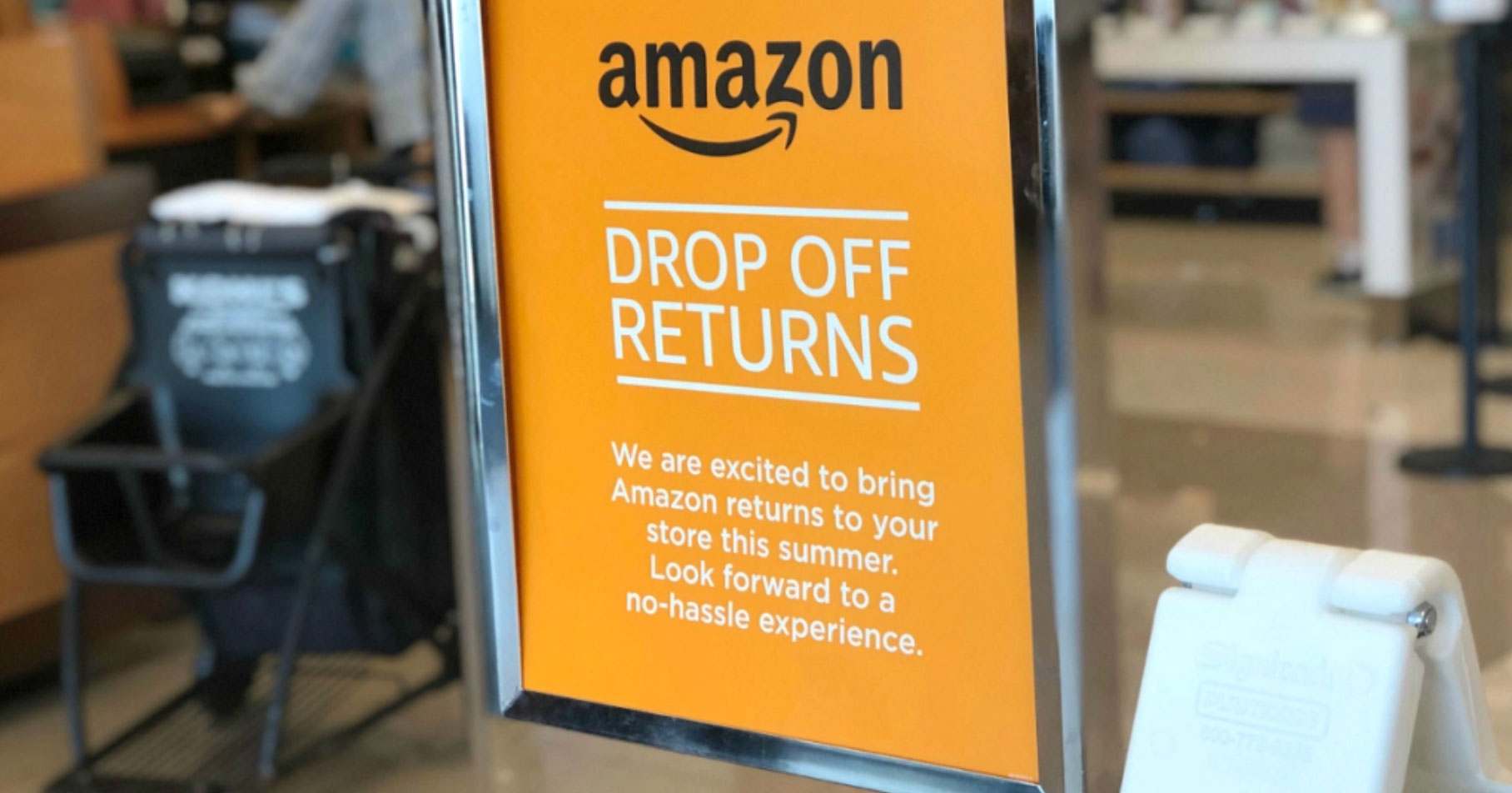Walking down Walnut Street in my hometown of Philadelphia recently with a friend, we both noticed the proliferation of web companies taking up storefronts. A stretch that used to be populated with high-end retailers has slowly been taken over by Warby Parker, Brooklinen, Gorjana and other digital-first brands.
Of course, the first place my brain went was to the complexities this straddling of online and offline worlds meant for the systems and operations teams. This commitment to running an omnichannel business means operating with a “right product, right time, right place – every time” mentality. It requires software and teams operating in sync to produce a superior customer experience, otherwise the bottom line suffers.
Later that day, I was returning something I had purchased on Amazon to my local Whole Foods. While waiting in line, I panicked because I had forgotten the original bag and printout with my QR code on it for the return. Sheepishly, I apologized to the attendant who said: “no problem” and asked me to pull up my Amazon app. She promptly scanned the code, accepted my return and moved on to her next customer.

The commitment to running an omnichannel business requires software and teams operating in sync to produce a superior customer experience.
Again, I was reminded of the power of omnichannel operations to exceed customer expectations and produce not only higher sales and revenue but deeply loyal customers. Of course, not every company is Amazon nor has its deep pockets. And when the wheels come off – which they can easily do when relying on integrations of technology and processes across channels – it can get ugly.
It led me to ask my team at Chariot what some of the common pitfalls could be and how technology and process can help companies of any size overcome or avoid them.
Challenges
- Data integration. In order to provide a seamless customer experience, businesses must integrate data from across all their disparate channels. This includes data from their website, mobile app, CRM system, warehouse management system, and other systems.
- Real-time visibility. Allowing customers to order items that are out of stock is a sure way to lose business. It’s vital that companies have constant, accurate real-time visibility into inventory levels, order status, and customer data to ensure that customers enjoy a smooth, seamless experience across every channel.
- Personalization. Customers expect a personalized experience across their brand journey, including content and offers customized to their unique needs. Artificial intelligence (AI) and machine learning (ML) are useful tools for achieving this.
- Security. Every business – but especially those handling sensitive customer data like health or financial information – must ensure that their data is secure when it is being transferred between channels.
- Scalability. Business is dynamic and companies should invest in a technology infrastructure that can grow alongside their needs. This scalability is paramount for organizations that anticipate high volume traffic from multiple channels.
Best Practices
- Have a clear vision. A smart, executable plan begins with consensus on the goals for an omnichannel strategy. Ensure this vision is lasting and resonates across your organization before investing in and implementing the necessary technology.
- Prioritize the customer. Any successful vision and plan must center around customer needs. Begin by asking what your customers want and what they expect. These answers will form the foundation of your omnichannel strategy and experience.
- Focus on integration. The key to a seamless omnichannel experience is integration. Make sure that your systems are integrated so that you can share data and communicate easily between channels.
- Select the right tech. There are a number of different technologies that can be used to implement omnichannel commerce. Choose the right technology for your needs and budget. Keep in mind your ultimate vision and realistic growth plans to ensure the technology can grow alongside your business.
- Iterate and test. Don’t be afraid to iterate and test as you implement your omnichannel strategy. The best way to learn is by doing.
We Can Help
Don’t let the challenges of data integration, real-time visibility, personalization, security, or scalability hold you back. At Chariot, we specialize in helping companies navigate all the complexities of omnichannel: from scaling to integrations, data engineering, and more. Let us guide you with smart, executable plans that align with your business goals, ensure seamless integration across all channels, and produce a superior customer experience. Reach out to get started.
